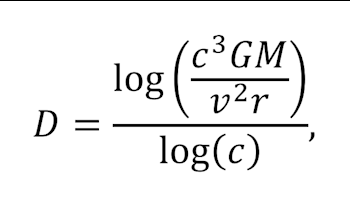I wrote a short paper with my ideas about gravitation. I tried very hard to be clear about these ideas.
https://github.com/sjhalayka/papers/blob/main/anisotropic%20gravitation/bezier_escape_word.pdf
The reason that I visit gdnet is because it’s full of people who are smarter than I. LOL
any suggestions, comments, questions would be very much appreciated. If it’s not clear, then please help me make it so. ?






